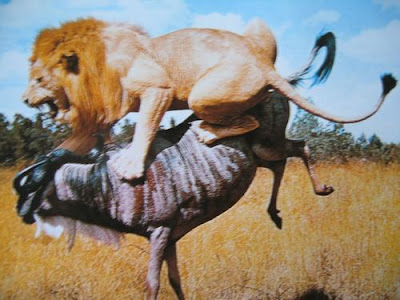
We leave for France in a little over a month. The trip has already altered from its original scope; from heaps of training to leisurely riding and climbing while hanging with friends. But those friends will be fit and it’s time to test my back a little bit and try and gain a little form for the trip, if for no other reason than to know how to plan the trip. My back survived a rather arduous road/work escapade, so now it’s time to put it through a block of training. Tomorrow I’ll concoct a preparatory phase. In order to get an idea of what this phase can contain, today Romney and I had a little sports day.
My friends and I have been doing these for years. They consist of combining a lot of different sports into a single day. They can be silly, such as the “vortex weekend” where Todd, Reed and I combined running, bouldering, and riding with soccer, whiffle ball, tennis, some other stuff I can’t remember along with a lot of beer drinking and watching more football “than I have in my life,” according to Reed. Or they can be rugged.
Birthday Challenges are often sports days, like this.
Today’s was more modest in scope. It would, however, harbor some important firsts for the year. Since my injury it would be my first bike ride, run, ski, and warrior pose. We would also throw in some climbing so I could actually feel like I was getting a workout.
We began doing yoga, where warrior pose didn’t bother me at all. Being tentative, I didn’t push this much and pushing a yoga session—primarily a lot of time in various stages of warrior—is what exacerbated my original injury to the emergency room stage.
It went well, so we packed the car with ski stuff n’ dogs and heading up Mill Creek. Romney’s been skiing all winter so she zoomed ahead with Copper and Beata while trailed with Ratso, working on slow and calculated movements. Icy conditions weren’t perfect and slips were scary, but it caused me to focus on breathing and posture, doing each step with a rigid core. One positive thing about injuries is that they often shift your focus and end up improving your technique. The downhill concerned me because of the ice. I really didn’t want to fall but I also didn’t want to have to take off my skis and walk. It went a little easier than expected. My back was tight but, after a few extending postures in the parking lot, I was ready for the next sport.
Back home, I dusted off the tandem, lubed her up, and filled the tires. At some point on the ride Romney said, “I like when you’re out of shape. It’s so much easier.” Sad, because I wasn’t trying to go slow, but my leg muscles have atrophied a lot in two months. Cycling fitness comes and goes quickly, so I was expecting this. The up side was that the riding was fine. The hardest thing was throwing my leg over the bike, and it wasn’t that hard. I think I can start riding.
Next we went for a run—a short run. My foot is still numb and running is going to take a while, I think. It didn’t hurt but I do worry about the lack of feeling affecting my cadence and leading to an injury. The run itself was easy but afterwards I sat down and almost fell asleep. So far, I’d done what normally would amount to a warm-up and I was getting worked. The upside was that after the run my foot felt better than before. So maybe I need to run.
Next we went up to the G-Spot, where I made some progress on my project and Romney linked about two-thirds of the upper traverse. I’m more psyched on climbing than I’ve been on years, and it was a great way to end the day. Despite my enthusiasm at the boulders, I can barely write this and think there’s no way I’m making it through the movie that’s on tonight’s agenda. Sports day accomplished.









